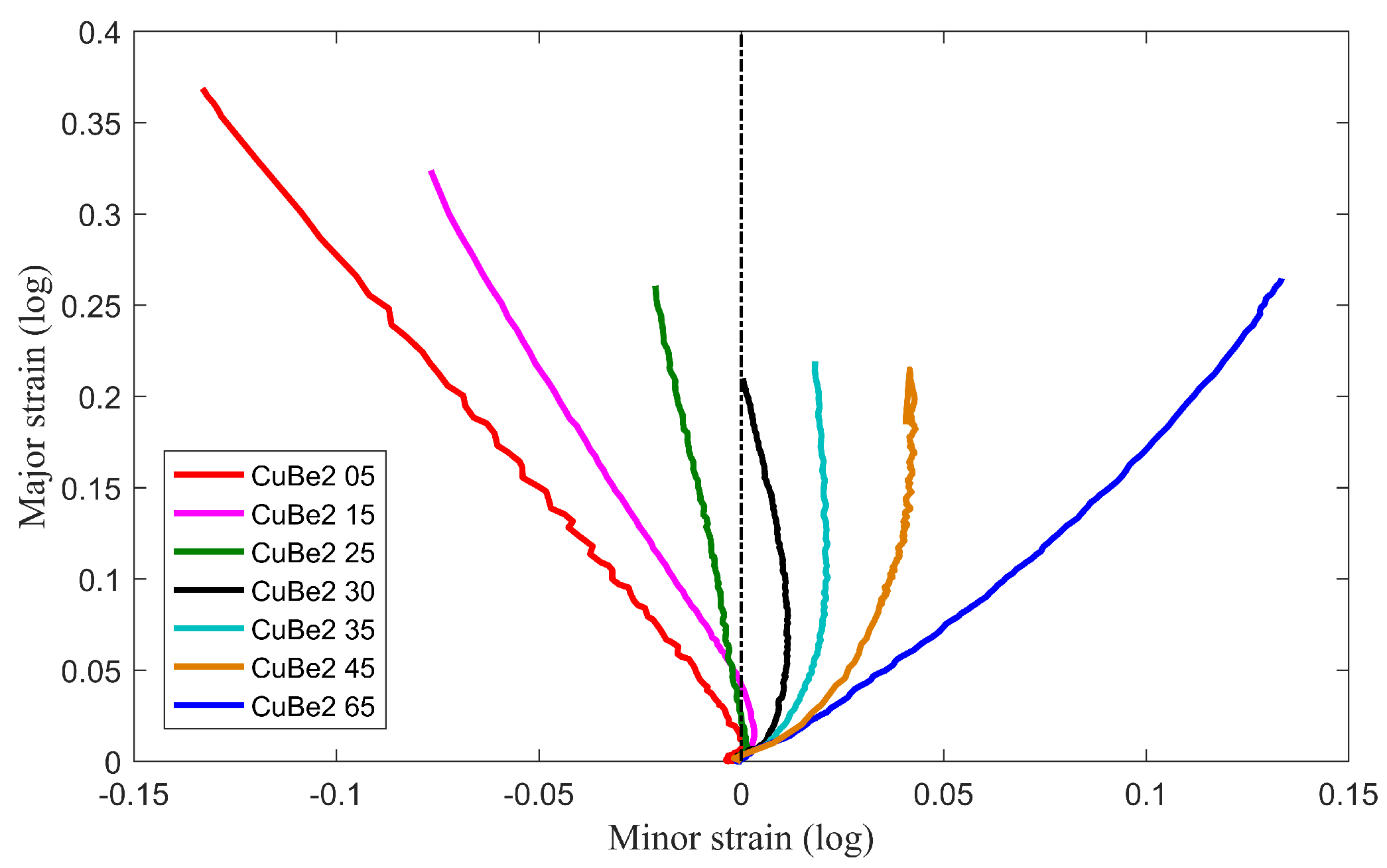
Please integrate the section's contents into the article as a whole, or rewrite the material. This article's Criticism or Controversy section may compromise the article's neutral point of view of the subject. Scale to measure variables F and G of the KSOG 1 Scale to measure variables A, B, C, D and E of the KSOG 1 In which community do you like to spend your time? In which do you feel most comfortable? Who do you feel more drawn to or close to emotionally?Į.

Introduced in Klein's book The Bisexual Option the KSOG uses a seven-point scale to assess seven different dimensions of sexuality at three different points in an individual's life: past (from early adolescence up to one year ago), present (within the last 12 months), and ideal (what would be choose if it were voluntary). The KSOG has also been used in studies of conversion therapy. Studies using the KSOG have used cluster analysis to investigate patterns within the KSOG's twenty-one parameters, in one case suggesting a five-label (straight, bi-straight, bi-bi, bi-gay, gay) model of orientation. The KSOG is often used as a tool in research. The KSOG uses values of 1–7, rather than the 0–6 scale of the Kinsey Scale, to describe a continuum from exclusively opposite-sex to exclusively same-sex attraction. Unlike the Kinsey Scale, the Klein grid investigates sexual orientation in the past, the present and in the idealized future with respect to seven factors each, for a total of twenty-one values. In response to the criticism of the Kinsey scale only measuring two dimensions of sexual orientation, Klein developed a multidimensional grid for describing sexual orientation. Klein first described the KSOG in his 1978 book The Bisexual Option.

The Klein Sexual Orientation Grid ( KSOG) developed by Fritz Klein attempts to measure sexual orientation by expanding upon the earlier Kinsey scale.


 0 kommentar(er)
0 kommentar(er)
